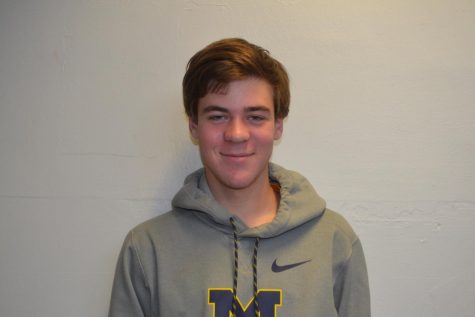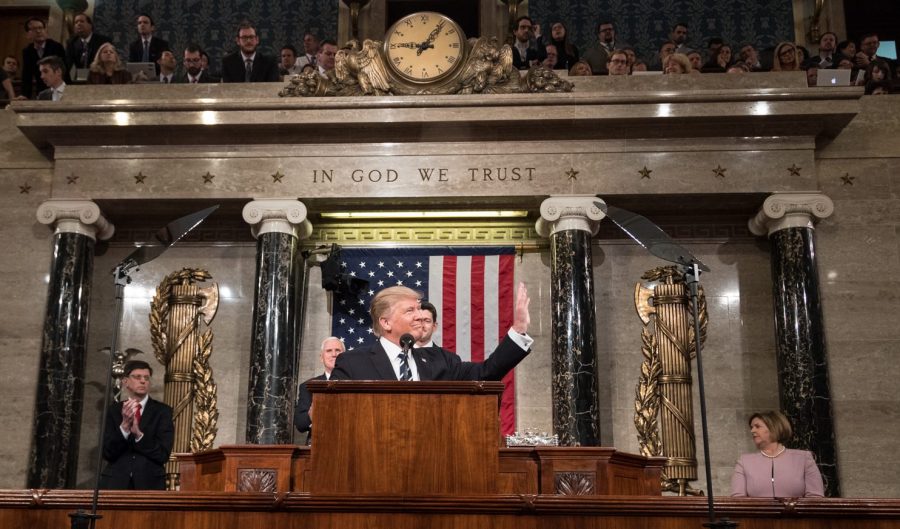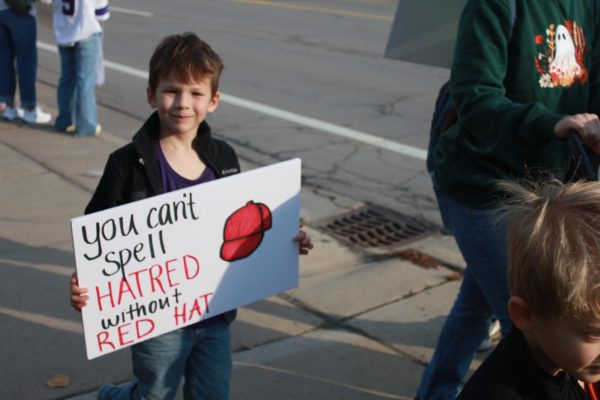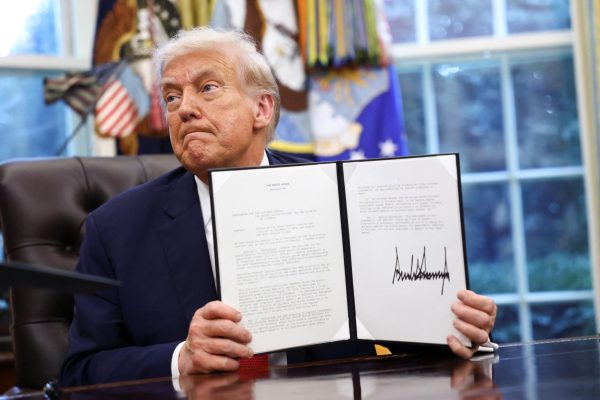The State of Trump’s Union
President Donald Trump delivers the Address to Congress on Tuesday, February 28, 2017, at the U.S. Capitol. This was the President’s first Address to Congress of his presidency.
On a night wrapped in mystery, President Donald Trump delivered the annual State of the Union Address. No one knew what he would do, which Trump would speak (the unhinged, completely unapologetic Twitter Trump, or the low-key, calm teleprompter Trump), or what he would say. But for over an hour on Jan. 30, President Trump stuck to his script and followed the traditions of past speeches on the State of the Union.
The first 20 minutes of President Trump’s speech were all about unity. He started his speech with a summary of the first year of his presidency—in his view. One of the first lines of his speech was applauding himself for making good on his “righteous mission to make America great again for all Americans.” He also, in the first few lines of his speech, applauded the work of the first responders and members of the military who helped with the devastation from the hurricanes in Texas, Florida, and the Caribbean.
He mentioned Ashley Leppert, a member of the coast guard, who was on one of the first helicopters to Houston to help with Hurricane Harvey, which earned her a huge ovation from the audience. The devastation in Houston was not the only thing he mentioned, however. He also said, “To everyone still recovering in Texas, Florida, Louisiana, Puerto Rico, and the Virgin Islands… everywhere, we are with you, we love you, and we will always pull through together, always.” Of course, he failed to mention that hundreds of thousands of Puerto Ricans will be without power until May… and thousands more beyond then.
Then, the tone of his speech changed. He started talking about his accomplishments, which created some room for controversy. For example, Trump proudly bragged that the black unemployment rate at the time of the speech was at an all-time low. As he was saying this, the CNN cameras panned to the Congressional Black Caucus in the audience, as all of the members sat in their seats with their hands folded across their laps, seemingly unimpressed. After the address, CNN’s Jake Tapper interviewed California senator Kamala Harris, who offered the explanation that the reason why the Congressional Black Caucus were not applauding along with Trump and the Republicans in the room was that this low unemployment rate was a result of former President Obama’s policies. Sticking with his accomplishments, he then mentioned the tax bill he and congressional Republicans passed in 2017, which left the Democrats in the room unimpressed.
Trump finished his speech outlining the policies he wants to enact this year, speaking at length about immigration. His policies, much to the dismay of congressmen looking for a deal on immigration, were very partisan and sounded like the ideas he campaigned on. He stayed under his “America First” narrative by saying that the “Dreamers” of the DREAM Act, protecting undocumented immigrants who came to the U.S. as children, were not his primary concern and that people needed to remember that “Americans are dreamers too.” He concluded his speech talking a little bit about foreign policy, threatening North Korea and mentioning the many allies the U.S. has. A notable absence in the list of foreign nations he mentioned was Russia, which was not mentioned once in the entire speech.
The speech overall was structured with various examples of Trump pointing to someone in the audience he invited to be there, to connect their heroism or “American ideals” to his policies. For example, he used the story of a nine-year-old boy starting a movement to get American flags at the graves of Veterans to take a shot at the protesters who have gotten national attention for protesting police brutality by not standing for the national anthem, like many players in the NFL. However, perhaps the most controversial example of this was when he told the heartbreaking story of parents Evelyn Rodriguez, Freddy Cuevas, Elizabeth Alvarado and Robert Mickens, and their daughters Kayla Cuevas and Nisa Mickens, who were killed by members of the MS-13 gang. There was not a dry eye in the audience, and his speech brought the parents to tears. However, just a moment after he concluded the story, he said that the gang members were Dreamers, and advocated to get rid of DACA.
Overall, Trump’s speech did not seem to change a whole lot on the negotiations going on in Congress and may have heightened the stakes in the political war now a month into an election year. His partisan policies, according to former Michigan governor and current CNN contributor Jennifer Granholm, basically ensured that he would not reach a deal with Democrats about immigration unless he extended more of an “olive branch.” However, according to Granholm, the speech did show that Trump is not mentally challenged enough to not be able to stand and read from a teleprompter for over an hour. Granholm finally said that if this speech is Trump’s plan for the year, “it’s going to be a tough year.”









